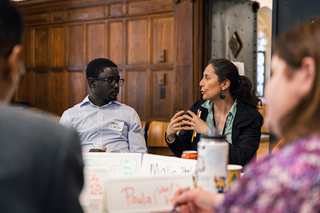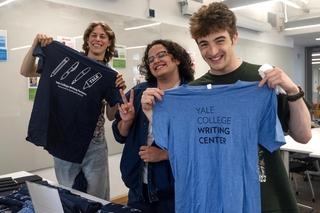To Become a More Mature Thinker
When writing an essay, it can sometimes feel as if you’re including quotations merely to back up your argument or to fulfill a requirement to use a certain number of sources. Each of these motives can lead you to drop sources into a pre-set argument, with little real interplay between the sources’ ideas and your own. Although it may sometimes feel like an exercise, using sources in your writing is not an end in itself, not a skill to learn in isolation. Instead, most teachers ask you to use sources because they know that your own thinking will be enhanced when you consult the ideas of previous writers on a topic. Seen in this light, sources can help you develop and deepen your ideas as early as the brainstorming and drafting stages. Think of yourself as having a conversation with the sources—when you move back and forth between your own thinking and what sources have to say, you push your ideas further than you would by going it alone. The resulting essay should give your reader the sense that you’re joining an ongoing conversation, that you respect other thinkers, and that you’re adding something new to the conversation.
If there’s one fundamental misunderstanding that many student writers have about acknowledging sources, it’s that doing so lessens the impact of the writer’s own contribution. In nearly every case, the effect will be the opposite: it’s when you most clearly signal your debt to sources that your own thinking becomes most visible. Academic scholarship, at its heart, is about the interplay of ideas. The best research is not, in that sense, wholly original, but rather develops from previous discoveries. In assessing his accomplishments, Isaac Newton once wrote to a friend that: “If I have seen further, it is by standing on the shoulders of giants.” (Newton, in fact, was incorporating an idea voiced by Bernard of Chartres in the 12th century.) Incorporating other people’s ideas into your writing allows you to stand on their shoulders as you explore your topic.





